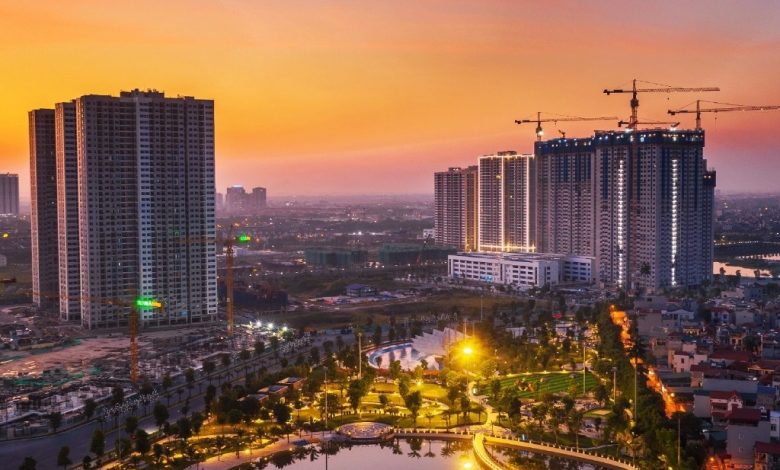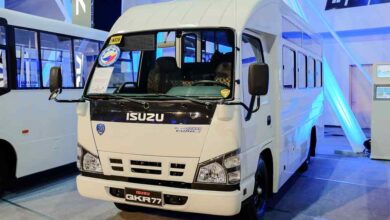
Smart Cities: The Solution to Our Urban Problems
Today, technology influences every aspect of life to the point where it is a daily need. And then there’s the looming problem of climate change, and how our societies run and measure productivity perhaps contrary to addressing that problem. This school of thought has aided in the development of “smart cities” over the years. It’s all about human beings building better, and for the sake of this discussion, we want to unpack what this means in a Philippine context. Let’s dive in.
What is a Smart City?
It is simply a technologically advanced urban area. It’s main strength? The usage of TECHNOLOGY! This type of city uses various modern technologies in design, data collection, and implementation – ultimately delivering enhanced municipal operations to better serve the “new world” requirements of its citizens.
In the Philippines, this definition includes Metro Manila, Metro Clark, Metro Cebu, and Metro Davao.
The aforementioned cities are all regarded as smart cities because they possess technology-based infrastructure, promote environmental initiatives, employ modern solutions for public transportation, and are forward-thinking in their plans.
The Good Stuff
Technology and smart cities go hand-in-hand, and a good example of this is traffic management. It includes anything from tracking traffic flow to modernizing traffic lights. Instead of simply relying on a timer as many have done for years, there are now traffic lights that can detect the number of vehicles, calculating how long the red or green light must be on.
There are also bike lanes, efficient bus and train systems, pedestrian solutions, and more. Such developments or improvements in systems really makes us feel like the future has arrived.
Now, many think cities are highly polluted, congested urban sprawls. At times, this remains true. And yes, there’s still the pressing problem of the environment being sacrificed for so-called advancement. The good news is, when smart cities stick to the playbook, it actually becomes the opposite. These cities dispel that myth by demonstrating how nature and urbanization can co-exist.
These cities have “green” spaces, like parks, where trees and sometimes fruit-bearing plants can flourish. This greenery not only decorates the city but also contributes to air purification. They also give locals (an often free) space to unwind after a long day. There’s also water catchment systems, rooftop solar farms, and more. A city simply cannot be considered ‘smart’ these days if it doesn’t possess these features.
All About Quality of Life
A high quality of life, competitive local economies, and sustainable practices – these are just some of the benefits of smart cities. When we look at Iloilo, Baguio, and others, we feel like there’s plenty more opportunities around the country. You see, these tech-forward, green-minded cities are not just transformative for its citizens and territory. It’s exactly as defined – an urban sprawl. And the positive effects of that sprawl, the infectious positive change, can truly benefit so many other parts of our beloved islands.
If we truly want to improve every Filipino’s quality of life, save our economy, and charge into the future with care for the natural world, then we have to build better.




